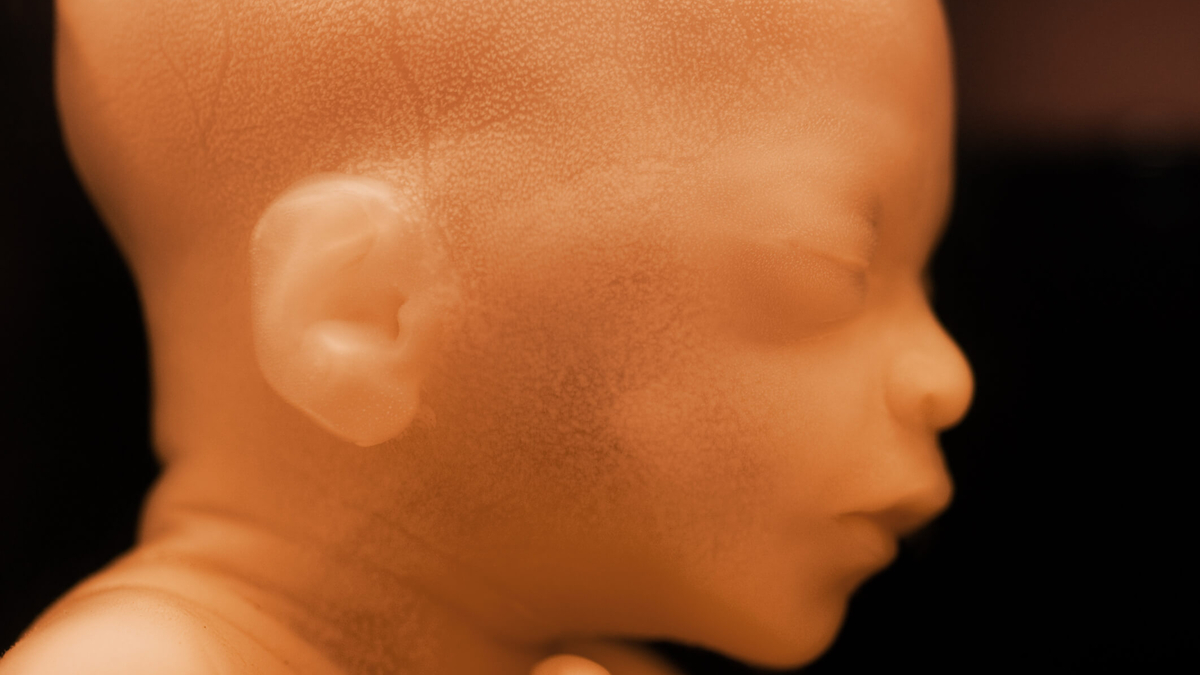When Does the Soul Enter a Fetus?

Millions of women in the USA will lose the legal right to abortion, after the Supreme Court overturned a 50-year-old ruling that legalized abortion nationwide.
The 5 to 4 judgement will transform abortion rights in America, with individual states now able to totally ban the procedure.
Half of US states are expected to introduce new restrictions or bans.
Thirteen have already passed so-called trigger laws that will automatically outlaw abortion following the Supreme Court's ruling. A number of others are likely to pass new restrictions quickly.
In total, abortion access is expected to be cut off for about 36 million women of reproductive age, according to research from Planned Parenthood, a healthcare organization that provides abortions.
All the continuing political disputes over abortion in the USA and other countries ignore the fundamental religious issue: when does the fetus in the womb of a woman’s body become a human fetus? At conception it is a living physical body, but when does this soul become a spiritual human being?
All mammals begin life as a fetus. What makes the fetus/embryo in the womb of a woman’s body into a human fetus/embryo from a religious point of view is the entrance into the fetus/embryo of a spiritual human soul (ensoulment).
According to Muslim legal scholars (fuqaha), who are the only ones who have a fairly clear scriptural bases for their view, the soul (ruh) enters the fetus/embryo at around 120 days (4 months) after conception.
There is no clear statement of when ensoulment occurs in the Hebrew Bible, in the Gospels, or in the ancient scriptures of any of the Indian religions. Only the Qur’an offer’s an answer.
Muslim legal scholars based the time of ensoulment on a Qur’anic verse that states: “And verily We created mankind from a quintessence (of clay). Then We placed him in a place of rest (the womb), firmly fixed (into the uterine lining). Then We made the sperm/egg into a clot of congealed blood. Then of that clot We made a (embryo) lump. Then We made out of that embryo/lump bones and clothed the bones with flesh. Then (finally) We developed out of it another creature (by breathing a human soul into it). So blessed be Allah, the most marvelous Creator” (23:12-14).
There is also a Hadith (religious tradition) that says: “Sayyiduna Abd Allah ibn Mas’ud narrated that the Messenger of Allah said: “Each one of you is constituted in the womb of the mother for forty days, and then he becomes a clot of thick blood for a similar period, and then a piece of flesh for a similar period.
“Then Allah sends an angel who is ordered to write four things. He is ordered to write down his (each person’s) deeds, his livelihood, his (date of) death, and whether he will be blessed or wretched (in religion). Then the soul is breathed into him…” (al-Bukhari no: 3036).
The second part of the Hadith teaches us that what makes a human soul different from an animal soul is that: God keeps records of how humans behave; humans have very many ways to earn their livelihood, they know in advance that they will die although only God knows exactly when, and whether he or she will end up in the garden or the fire.
Thus, when the age of a fetus reaches about 120 days (4 months), it no longer remains a pre-human living object; rather, it becomes a living human being. At this point, all organ differentiation is almost completed and the child acquires the shape of a human body.
More importantly, now that the soul has entered the body, the fetus is truly human; and may not be killed unless it becomes a danger to the mother. In the case of premature births that survive; the soul enters just prior to birth.
The rabbis in the Talmud all agree that ensoulment does not begin at conception. The question of the fetus’s human vitality is addressed in two places in the Talmud: in Yevamot 69, 2 a fetus in the first forty days of pregnancy is likened to water, in Nida 8, 2 the fetus is recognized as a human soul from the second trimester. 13 weeks into the pregnancy.
The Torah (Exodus 21:22-23) states that if two men are fighting and injure a pregnant woman, causing her to miscarry, and if no other harm is done, the person who caused the damage must pay compensatory damages.
The rabbinic interpretation is that if the only harm to the woman is the loss of her fetus, it is treated as a civil tort, and not a criminal case. So abortion is not a prohibited crime, but it is damaging and thus discouraged.
An early, authoritative rabbinic legal text, the Mishnah, discusses the question of a woman in distress during labor. If her life is at risk, the fetus must be destroyed to save her. Once its head starts to emerge from the birth canal, however, it becomes a human life, or “nefesh.” At that point, according to Jewish law, one must try to save both mother and child.
In the time of Aristotle, it was widely believed that a human soul entered the forming embryo at 40 days (male embryos) or 90 days (female embryos), and quickening was an indication of the presence of a soul; although it is clear that female quickening occurs much closer to 40 than to 90 days after conception.
In the Middle Ages, most Roman Catholic theologians (including Thomas Aquinas) taught the “serial ensoulment ” theory which holds that there is a progression from vegetative soul, to animal soul, to human soul as the principle of animation occurred about 2-4 months after conception,.
Many learned Catholic authors of the ages of Faith held this theory, and advanced it in their writings; perhaps influenced by superior Muslim medical knowledge at that time during the Christian dark ages.
Because of the much higher rate of miscarriages in the past, one favorite sign of ensoulment was when the mother first detected ongoing movement from the embryo (quickening). Since that varies greatly from mother to mother, it is not a good standard for law making. The first trimester (13 weeks) seems to be a good bases for making legal decisions.
According to a 2017 Pew survey, 83% of American Jews believe that abortion should be legal in most cases. All the non-orthodox Jewish movements support reproductive rights, and even ultra-orthodox Jewish leaders have resisted anti-abortion measures that do not allow religious exceptions.
This broad support reveals the Jewish commitment to the separation of religion and state in the U.S., and a reluctance to legislatively force moral questions on everyone when there is much room for debate.
Rabbi Allen S. Maller has published over 600 articles on Jewish values in over a dozen Christian, Jewish, and Muslim magazines and web sites. His most recent books are "Judaism and Islam as Synergistic Monotheisms' and "Which Religion Is Right For You?: A 21st Century Kuzari" both available on Amazon.
Topics: Abortion, Embryology, Interfaith, Soul (Nafs)
Views: 45125
Related Suggestions

















